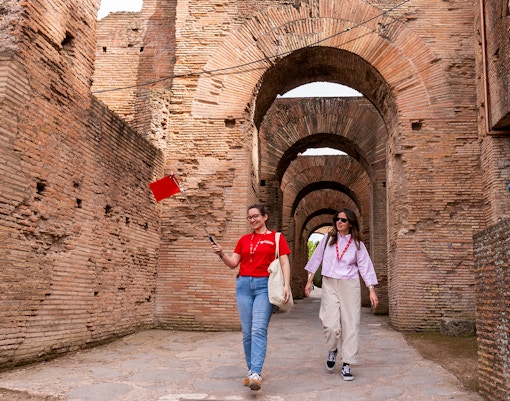Why it matters — The Emperor, the Arena, and the Myth
The Passage of Commodus is more than a hidden tunnel — it’s a stage for one of ancient Rome’s most audacious performances of power. Emperor Commodus, unlike any ruler before him, blurred the line between emperor and entertainer by fighting as a gladiator in the Colosseum. He entered the arena through this very passage, not for safety, but spectacle, determined to be seen as Hercules reborn, draped in a lion’s skin and demanding cheers for his orchestrated victories.
Ancient accounts tell of Commodus parading through the tunnel after killing an ostrich, brandishing its severed head toward the Senate with a chilling grin. The historian Cassius Dio, struggling not to laugh, stuffed laurel leaves in his mouth. That mix of awe, disbelief, and fear captures why the passage still fascinates today — it’s a living symbol of imperial ego and theatrical power, where Rome’s ruler turned myth into performance beneath the world’s grandest arena.







